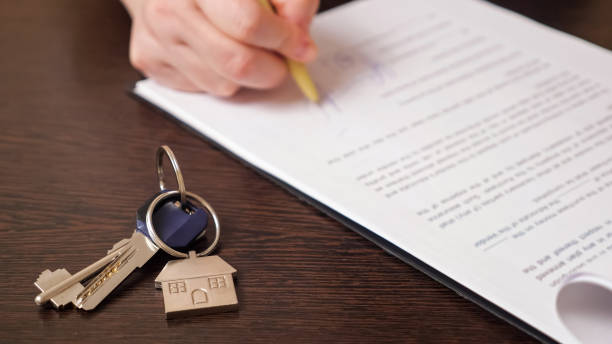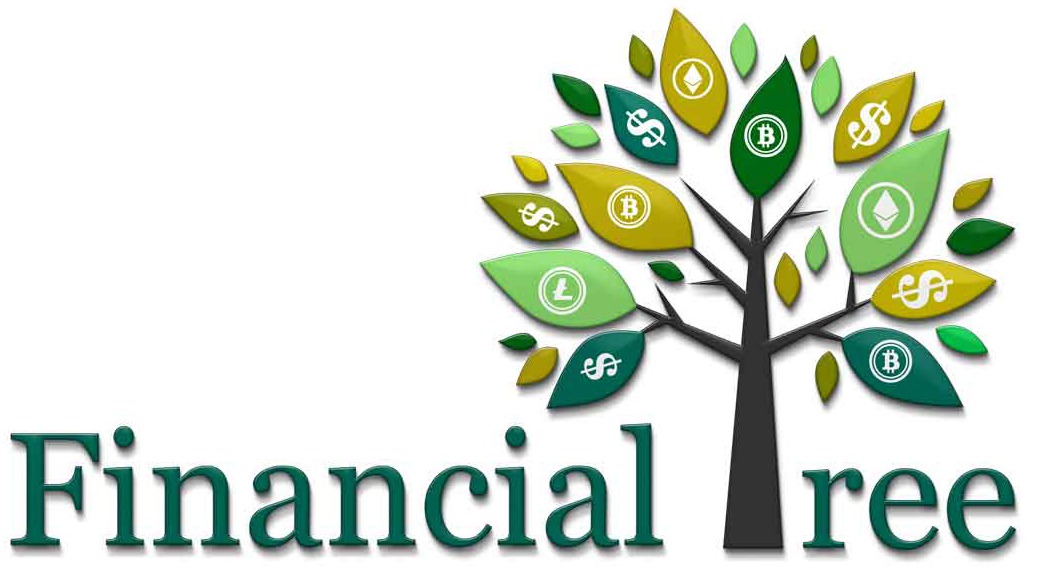
Legal Drafting- Rent Agreement
- 2
- customers
A rent agreement, also known as a lease agreement, is a legal contract between a landlord and a tenant that outlines the terms and conditions of renting a property. It typically includes details such as the names and contact information of both parties, property description, lease duration, rent amount and payment terms, security deposit, responsibilities for maintenance and repairs, rules regarding occupancy, termination procedures, and signatures of both parties. The agreement serves to establish the rights and obligations of both the landlord and tenant during the rental period, providing clarity and protection for both parties.
Pricing Summary
Market Price :
₹0
1999 :
All Inclusive
>>
1199
Annual Price :
₹000
You Save :
800
Government Fee :
Disabled
A rent agreement, also known as a lease agreement or rental contract, is a legally binding document that outlines the terms and conditions of renting a property. It is typically entered into between a landlord (property owner) and a tenant (person or entity renting the property) to establish the rights and obligations of both parties during the rental period.
Here are the key components usually included in a rent agreement:
1. **Names and Contact Information:** The full names, addresses, and contact details of both the landlord and tenant.
2. **Property Details:** A description of the rented property, including its address, unit number (if applicable), and any specific features or amenities.
3. **Term of Lease:** The duration of the lease agreement, including the start date and end date of the lease term. This may be a fixed term (e.g., 12 months) or a month-to-month agreement.
4. **Rent Amount and Payment Terms:** The total rent amount due for the entire lease term, as well as the monthly rent amount. It should specify the due date for rent payments, acceptable payment methods, and any late fees or penalties for overdue payments.
5. **Security Deposit:** The amount of the security deposit required by the landlord, its purpose (e.g., to cover damages beyond normal wear and tear), and the conditions under which it will be returned to the tenant at the end of the lease term.
6. **Utilities and Services:** Clarification of which utilities and services (e.g., water, electricity, internet) are included in the rent and which are the responsibility of the tenant to pay separately.
7. **Maintenance and Repairs:** Responsibilities of both the landlord and tenant regarding property maintenance, repairs, and who is responsible for covering the costs associated with them.
8. **Occupancy and Subletting:** Terms regarding who is allowed to occupy the property, whether subletting is permitted, and any restrictions on guests or additional occupants.
9. **Rules and Regulations:** Any specific rules or regulations governing the use of the property, such as noise restrictions, pet policies, smoking policies, etc.
10. **Termination and Renewal:** Procedures for terminating the lease agreement early, renewal options, and any notice periods required by either party.
11. **Signatures:** Signatures of both the landlord and tenant, indicating their agreement to the terms and conditions outlined in the rent agreement.
It’s essential for both landlords and tenants to thoroughly review the rent agreement and seek legal advice if necessary before signing to ensure that their rights and interests are protected.



